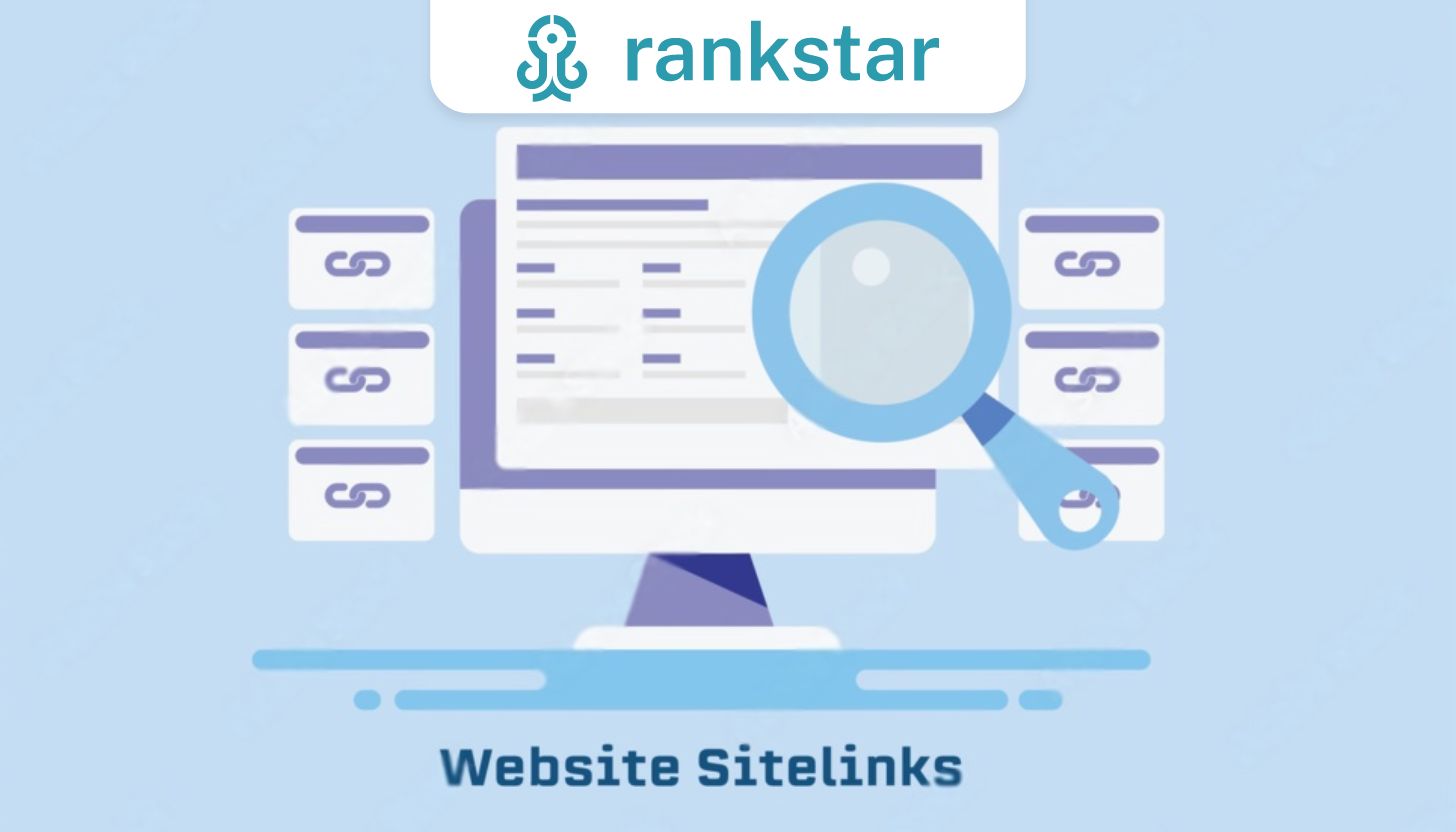In the intricate dance of search engine optimization, sitelinks have become a subtle, yet potent, step. These additional links, which accompany the primary URL in search engine results, can serve as a strategic advantage for any website seeking to improve its online visibility and user engagement.
Their ability to lead potential visitors to not just the homepage but directly to the information they seek is invaluable, effectively reducing the number of clicks and time spent navigating a site.
However, the incorporation of sitelinks into a sitelink SEO strategy is not a straightforward task; it requires a nuanced understanding of how search engines select and display these links, as well as an adeptness in structuring a website’s content and architecture.
As we explore the mechanisms behind sitelinks and the tactics for optimizing them, one might realize that their full potential is often untapped, waiting for webmasters and marketers to harness their true power for a more impactful sitelink SEO presence.
Key Takeaways
- Sitelinks are additional links or navigational elements that appear with a text result or ad result in the SERP.
- Sitelink SEO can improve click-through rates (CTRs) and increase the amount of real estate a text result has on the SERP.
- There are different types of sitelinks, including inline sitelinks, expanded sitelink groups, search box sitelinks, paid sitelinks, and swipeable carousels (no longer active).
- Best practices for getting sitelinks include using informative page titles and headings, having a user-friendly site structure, utilizing breadcrumbs, and adding sitelinks to Google Ads campaigns and ad groups.
Take Your SEO to Stellar Heights with Rankstar
Unleash the true potential of your website and cement your digital footprint with Rankstar’s expert SEO strategies. Our dedicated team is committed to propelling your brand to the top of the search engine rankings, ensuring you get the visibility and traffic your business deserves.
At Rankstar, we pride ourselves on delivering tailor-made SEO solutions that drive results. With a focus on innovation and a passion for excellence, we navigate the complex digital landscape so you don’t have to.
Don’t let your competitors outshine you. It’s time to make your mark. Get in touch with Rankstar today and let’s chart a course to surpass your SEO goals together!
Our SEO services also include:
- SEO Audit
- Professional SEO Services
- Link Building
- SEO Web Development & Design
- Online Reputation Management
- Autosuggest Creation
- Autosuggest Removal
- Google Penalty Recovery Services
- Conversion-Rate Optimization
- Topical Map Services

Understanding Sitelink SEO
Frequently underestimated in their strategic potential, sitelinks serve as an integral component of a website’s search engine presence by enhancing user navigation and optimizing SERP real estate.
As dynamic navigational aids, sitelinks not only streamline the user experience by providing shortcuts to key pages but also amplify a site’s visibility.
By occupying additional space on a results page, sitelinks can significantly elevate a brand’s prominence and authority in search engine results.
To leverage these benefits, a meticulously structured website hierarchy is essential. Search engines favor clear, descriptive titles and intuitive site architecture when curating sitelinks.
Consequently, webmasters must be deliberate in constructing a logical framework and relevant internal linking, ensuring the most valuable content is accessible and prominently featured within the SERP landscape.
Types of Sitelinks Explained
Understanding the various types of sitelinks is critical for webmasters aiming to optimize their site’s visibility and user navigation within search engine results pages (SERPs).
Inline sitelinks are a minimalistic approach, providing four quick links to increase navigational efficiency.
Expanded sitelinks offer a more comprehensive glimpse and include descriptions that enhance relevance and context. This expanded format can significantly amplify a site’s SERP footprint, thereby improving click-through potential.
Search box sitelinks inject a direct search functionality into the SERPs, streamlining the user’s journey to specific content.
Strategic deployment of these sitelink types, aligned with meticulous site structuring and clear, relevant page metadata, can culminate in a fortified online presence and optimized user experience.
Strategies for Acquiring Sitelinks
Having explored the different types of sitelinks and their roles in enhancing a site’s SERP presence, it is essential to examine the strategies that can be employed to increase the likelihood of acquiring these valuable navigational aids.
A methodical approach to site architecture is paramount; this includes crafting clear, descriptive titles and meta descriptions for each page. Prioritize the development of a logical, hierarchical site structure that facilitates Google’s understanding of the most important content, which can be further reinforced through strategic internal linking.
Employing breadcrumbs will also aid in delineating the site’s structure. For Google Ads, actively adding sitelinks to campaigns with relevant descriptions can enhance ad visibility.
Monitoring and refining these elements consistently can significantly boost the chances of sitelink generation, thus improving user navigation and sitelink SEO performance.
Optimizing Organic Sitelinks
Maximizing the effectiveness of organic sitelinks requires meticulous attention to website structure and strategic content organization to enhance user experience and search engine clarity. To optimize these navigational aids, an analytical approach must be adopted, focusing on the following key areas:
- Clear hierarchy and logical navigation: This ensures search engines can easily determine which pages are primary and which are secondary, improving the chances of displaying relevant sitelinks.
- Concise and descriptive page titles and meta descriptions: These elements must accurately reflect the content of each page, as they often form the text of the sitelinks themselves.
- Internal linking with anchor text that is informative: Internal links guide search engines on the most important pages and the context of those pages, influencing sitelink selection.
Managing Your Sitelinks Effectively
Effective sitelink management necessitates a strategic approach to the curation and presentation of navigational links. This involves ensuring that the sitelinks align with the site’s content hierarchy and user intent. To achieve this, webmasters must analyze site architecture and optimize internal linking. This optimization helps emphasize the most pertinent and valuable pages.
Content clarity and relevance should be prioritized when creating sitelinks. Each sitelink should succinctly convey the purpose of the destination page. It is also important to leverage targeted keywords to enhance SEO value while maintaining user-centric messaging.
When dealing with paid sitelinks, precision in matching sitelinks to ad group themes is critical. This ensures a coherent and targeted user experience.
Continuous monitoring of sitelink performance is essential. Metrics such as click-through rates should be used to track performance. This monitoring enables iterative refinements and ensures that the sitelinks continue to contribute positively to the site’s overall search visibility and user engagement.
Frequently Asked Questions
Can Sitelinks Appear for New Websites or Do They Only Show up for Well-Established Domains?
Sitelinks can appear for new websites if Google’s algorithms determine the site’s structure and content are relevant and useful to users, although they are more commonly associated with established, authoritative domains.
Do Changes in Website Design or Navigation Affect Existing Sitelinks, and if So, How Can I Minimize Negative Impacts?
Website design and navigation modifications can indeed alter existing sitelinks. To mitigate adverse effects, strategically plan changes, maintain clear navigation paths, and ensure updated pages retain relevance and strong sitelink SEO characteristics.
How Do Sitelinks Interact With Mobile Search Results Compared to Desktop Results?
Sitelinks in mobile search results are typically more condensed due to screen size limitations, emphasizing the necessity for prioritizing the most relevant links to enhance user experience and strategic click-through potential.
Are There Any Specific Metrics or Tools Available to Measure the Direct Impact of Sitelinks SEO performance on My Site?
Specific metrics to gauge sitelink SEO performance include monitoring click-through rates (CTRs) and traffic increases to linked pages. Tools like Google Analytics and Search Console provide insights into user behavior and sitelink effectiveness.
If a Competitor’s Sitelinks Are Displaying Incorrect or Outdated Information, Is There a Way to Report This to Search Engines to Maintain Fair Competition?
To address a competitor’s outdated sitelinks, one can report them directly to the search engine through its feedback system, ensuring accurate and fair representations of businesses in search results.
Conclusion
In conclusion, sitelinks represent a critical component in optimizing search engine visibility and enhancing user navigation.
A strategic sitelink SEO approach to acquiring and managing sitelinks can lead to improved click-through rates and more efficient traffic distribution across a website’s various sections.
By comprehending the different types of sitelinks and implementing best practices for their optimization, webmasters can significantly bolster the sitelink SEO performance.
This, in turn, allows them to leverage sitelinks to their full potential in the digital marketing landscape.


















